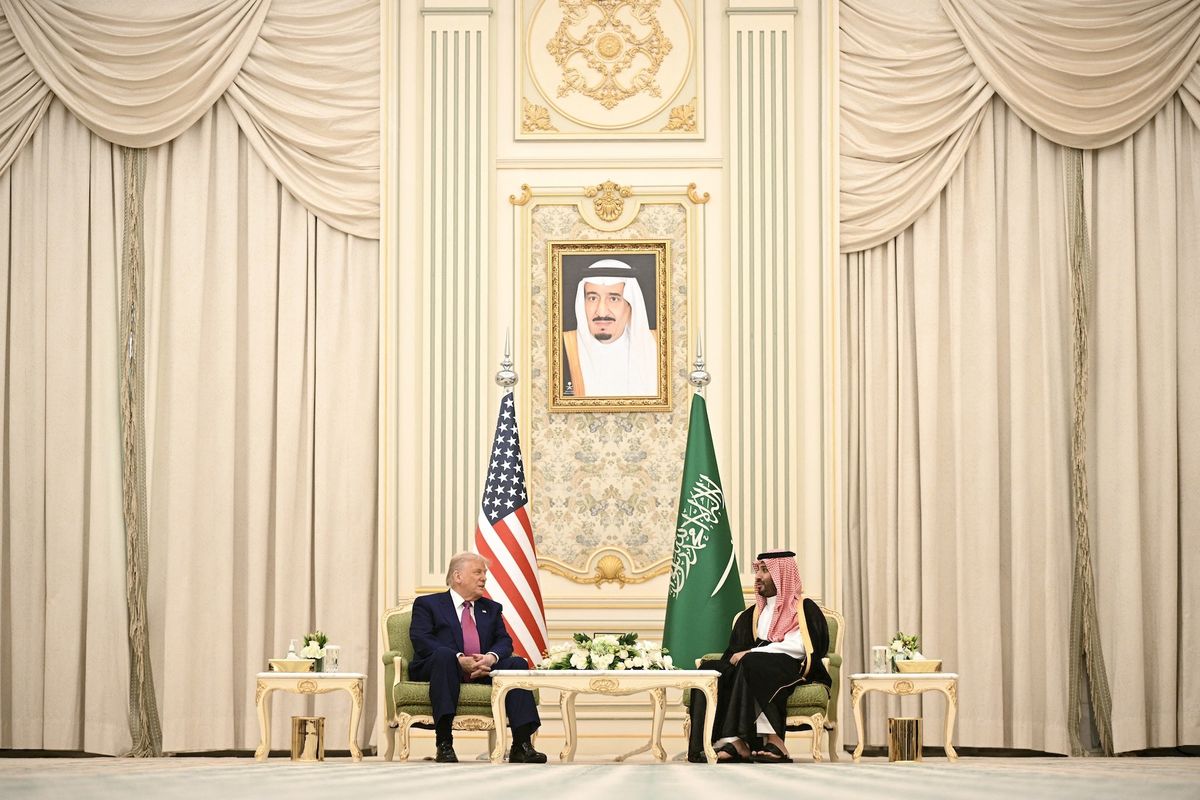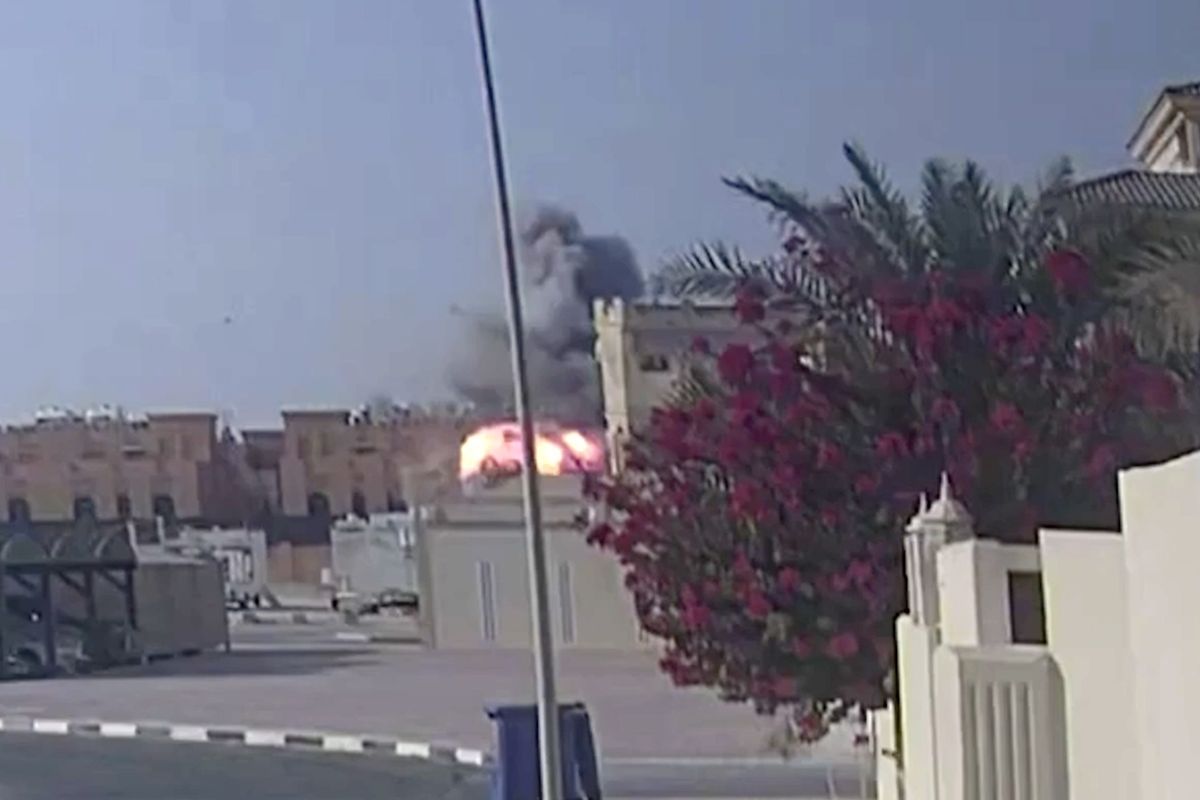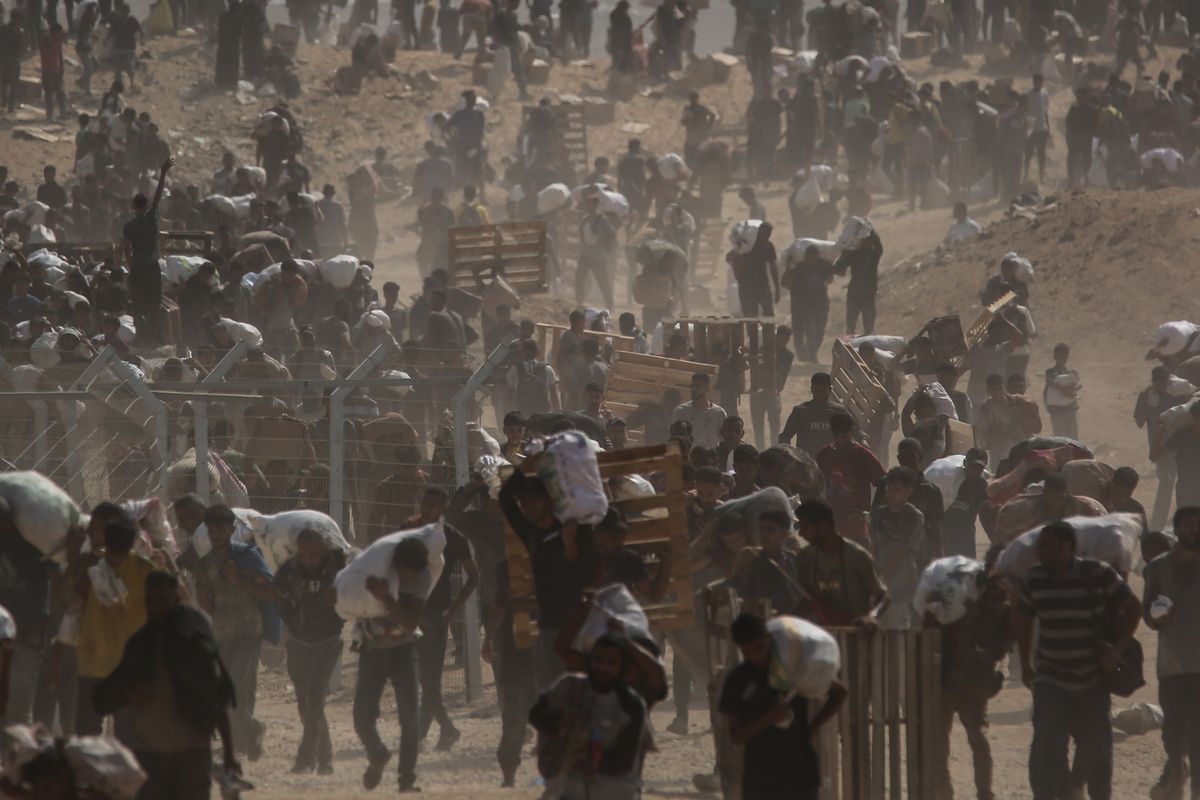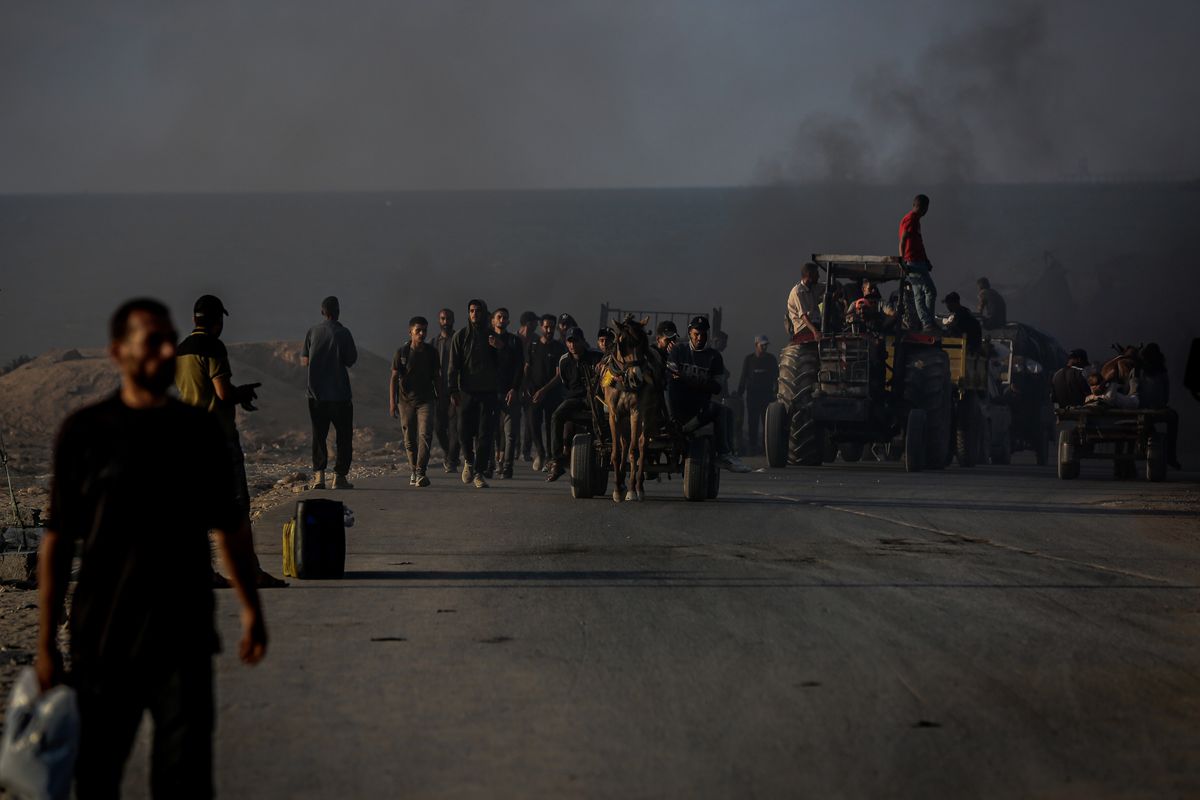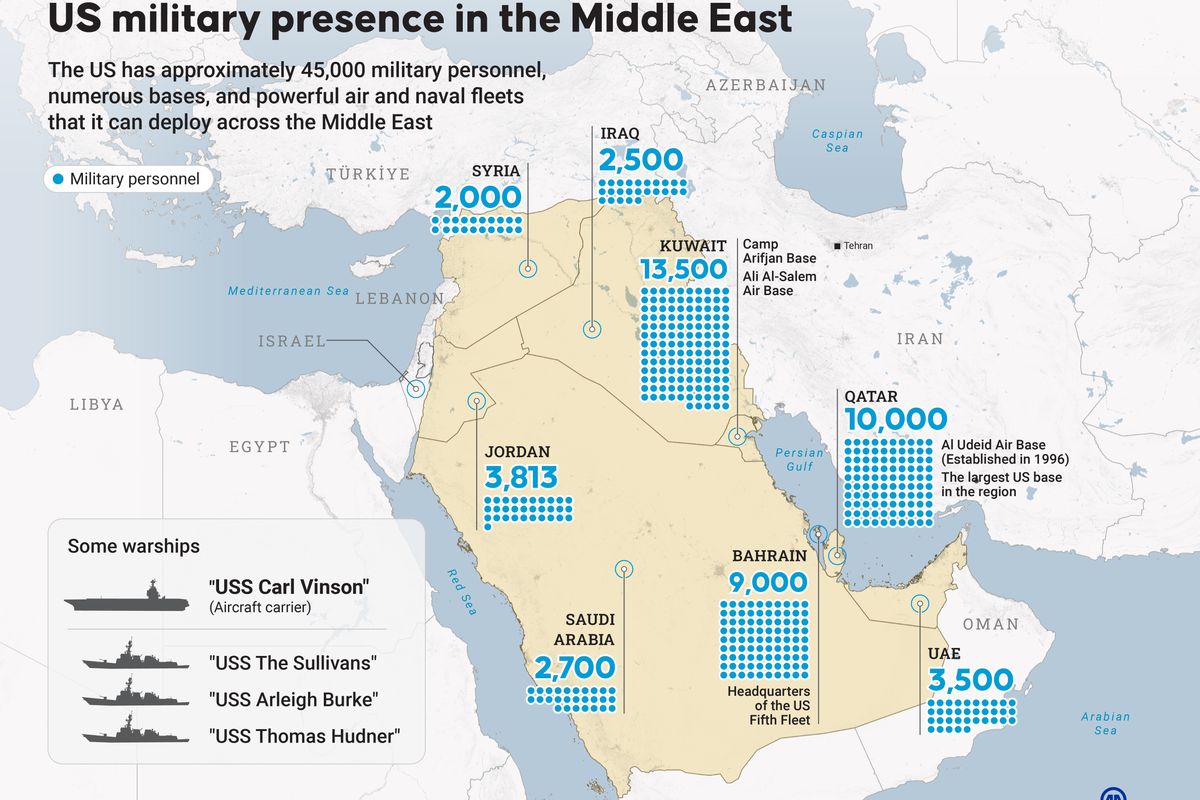As a former official of the Palestinian Authority, Ghaith Al-Omari continues to follow developments in the Israeli-Palestinian conflict as a senior fellow at the Washington Institute for Near East Policy. In an interview with The Cipher Brief, Al-Omari assesses the political landscape and the obstacles blocking Palestinian unity.
The Cipher Brief: How is the Palestinian government currently structured (PLO, Palestinian Authority, Hamas)? How does the relationship between the Palestinian Authority and Hamas factor into this structure? Does Hamas maintain influence in PA dominated areas? Does the PA have a presence in Gaza?
Ghaith Al-Omari: The Palestine Liberation Organization (PLO) is the overarching Palestinian organization that has been recognized by the Arab League and the United Nations as the “representative of the Palestinian people” since 1974. As such, it is the organization that is entitled to represent Palestinians in international affairs. The PLO is an umbrella organization comprised of various Palestinian factions, which traditionally made it the arena where much of Palestinian politics was exercised. In 1994, PLO Chairman Yasser Arafat and Israeli Prime Minister Yitzhak Rabin exchanged letters of mutual recognition.
The Palestinian Authority (PA) was established in 1994 pursuant to the 1993 Oslo Accords signed by the PLO and Israel. According to the Oslo Accords, the PA’s jurisdiction is limited to civil matters and internal security in certain areas of the West Bank and Gaza Strip, and excludes external defense and the exercise of foreign relations. While theoretically subordinate to the PLO, the PA’s ability to exercise real power in areas under its control and its access to financial and security resources have turned it into the de facto center of gravity of Palestinian politics. Today, major Palestinian decisions are undertaken by PA leaders, many of whom also maintain leadership positions in the PLO. Despite waning significance commensurate with the PA’s rise to prominence, the PLO remains the body empowered to formally conduct foreign policy on behalf of the Palestinians. The PA and the PLO are dominated by the national-secular Fatah movement.
The Hamas movement was established in 1987 by Gaza-based members of the Muslim Brotherhood and quickly gained a following in both Gaza and the West Bank. Hamas is not a member of the PLO and has been opposed to the Middle East peace process since its inception. In 2006, Hamas won the Palestinians legislative elections. As a designated terrorist organization by the U.S., the EU, and some significant Arab countries, most of the international community refused to engage with a Hamas-led government. In 2007 Hamas violently took control over the Gaza Strip. As part of the takeover, Hamas exerted control over the PA institutions in Gaza and in effect, established its own government agencies and security services. The Hamas government continues to be ostracized by the vast majority of the international community.
Palestinian public demand for national unity drove Hamas and the PA to ostensibly engage in a national reconciliation process that produced a number of agreements between the two sides. Despite these agreements, Palestinian unity has so far stumbled over three major obstacles. Ideologically, the PA’s commitment to the creation of a secular Palestinian state alongside Israel through diplomacy stands in stark contrast to Hamas’ commitment to the destruction of Israel and the creation of a theocratic Palestinian state. Politically, neither side is willing to cede power in areas under its control, with each believing that time is on its side. While a significant number of supporters of each side continue to exist in areas controlled by the other, such supporters are not able to meaningfully operate or organize. Finally, Hamas’ insistence on maintaining its heavily armed militia undermines the prospect of a stable political accommodation. None of these obstacles are closer to resolution now than they were in 2007. In the foreseeable future, Palestinian division is likely to continue.
TCB: How has the PA addressed the issue of succession to Mahmoud Abbas, particularly as his health becomes a growing concern?
GA: According to the Palestinian Basic Law, if the office of the president becomes vacant, “the Speaker of the Palestinian Legislative Council (PLC) shall temporarily assume the powers and duties of the Presidency of the National Authority for a period not to exceed sixty (60) days, during which free and direct elections to elect a new President shall take place.”
While this process was followed in 2005 after the death of PA president Arafat, it is extremely unlikely to be observed when President Abbas departs the political scene, since the current PLC speaker is a member of Hamas and the chances of new parliamentary or presidential elections are almost nonexistent.
In addition to the unlikely observance of the legal process, succession is further complicated by political factors. Since assuming power, President Abbas has proactively blocked the emergence of strong political figures. The Fatah movement, which constitutes the backbone of the PA and the PLO, has largely resisted change and renewal. The PA’s very legitimacy has been coming under increased question by Palestinians frustrated by its inability to end the Israeli occupation, its endemic corruption, and poor governance.
Under these circumstances, succession to President Abbas threatens to be a destabilizing process.
TCB: To what extent do the Palestinian Authority and the Israeli government cooperate on security and economic fronts?
GA: The Oslo Accords mandated Palestinian-Israeli security cooperation and created frameworks to implement it. While security cooperation existed in the 1990’s, it was sporadic and highly politicized. During the second Intifada, which began in 2000, security cooperation completely ceased and the Palestinian security forces were largely decimated.
Under President Mahmoud Abbas and former PA Prime Minister Salam Fayyad, and with significant support from the U.S. and Jordan, the Palestinian security sector was rebuilt. Since then, Israeli-Palestinian security cooperation of unprecedented levels has continued uninterrupted, even during periods of tension, such as the current wave of confrontations.
Security cooperation is, however, facing a fundamental challenge. The Palestinians premise their security action on the assumption that cooperation with Israel will lead to the end of the occupation and the creation of a Palestinian state. As the prospects of a two-state solution continue to diminish, the legitimacy of security cooperation comes under increased questioning by the Palestinian public as well as PA officials and Palestinian security personnel. This has prompted PA leaders, including President Abbas himself, to threaten to sever security cooperation with Israel. While the PA is unlikely to act on this threat since this could lead to its collapse, these statements have contributed to an eroding legitimacy of security cooperation in the eyes of the Palestinian public and have negatively impacted the morale of security personnel.
TCB: What is the current relationship between the Israeli and Palestinian leadership? How has this relationship impacted negotiations between the two parties?
GA: The relationship between President Abbas and Israeli Prime Minister Benjamin Netanyahu goes back to the signing of the Oslo Accords, where Abbas was the Palestinian architect and signatory of the deal, and Netanyahu was leading the opposition against it. Things only went downhill from there, particularly during Netanyahu’s premiership in the mid-1990s. Today, there is absolutely no trust between the two leaders and each views the other’s actions in the worst possible light. Clearly, such negative relations are not conducive to negotiations that deal with the core interests and concerns of the Palestinians and the Israelis.
That said, personal relations were only one of many factors that prevented the most recent round of negotiations from succeeding. Divergent substantive positions on the core issues, domestic politics among the Palestinians and the Israelis, regional turmoil—whether as a result of the Arab Spring or the Iran deal—and tensions between the U.S. and key regional players have all hampered the prospects for a peace deal. Even if relations between the two leaders can be mended, other obstacles will remain for some time. Therefore, rather than seeking to relaunch a major policy initiative to renew the negotiations, the sides and the international community should at this time start looking into less ambitious but more achievable objectives between the Palestinians and the Israelis.



